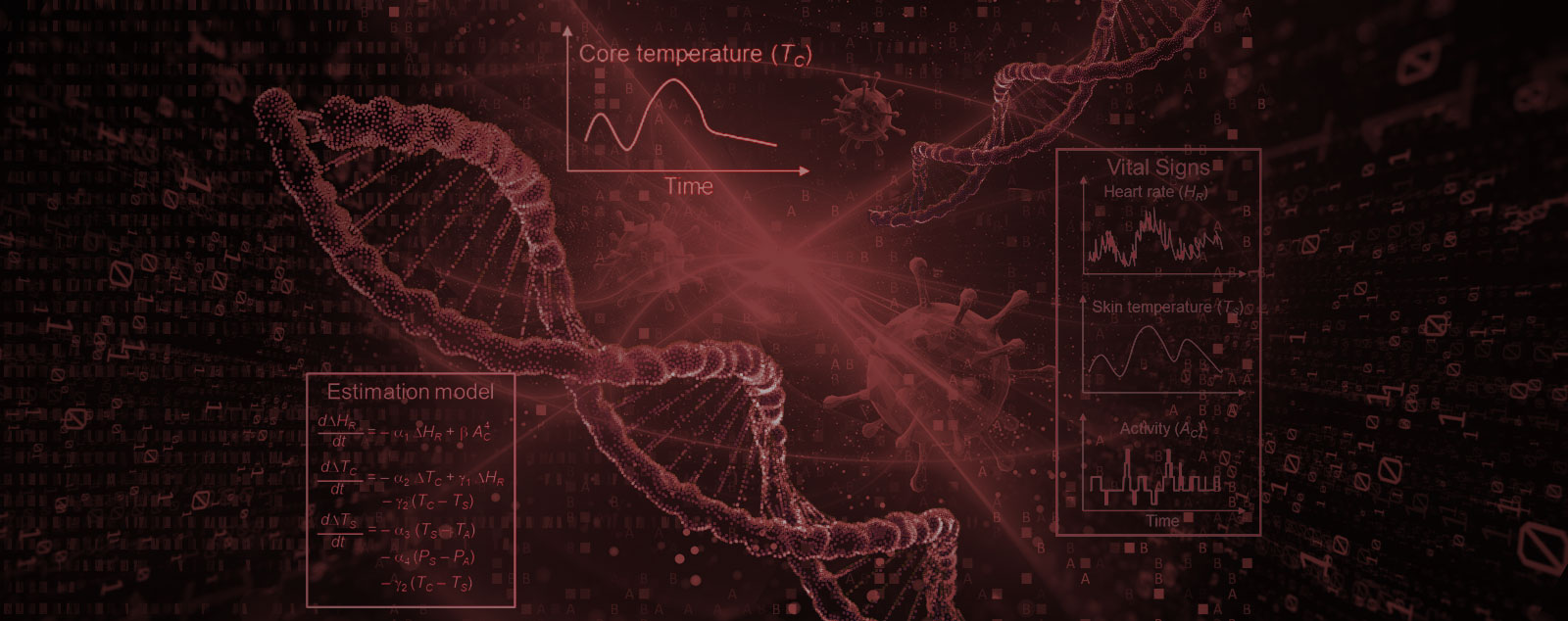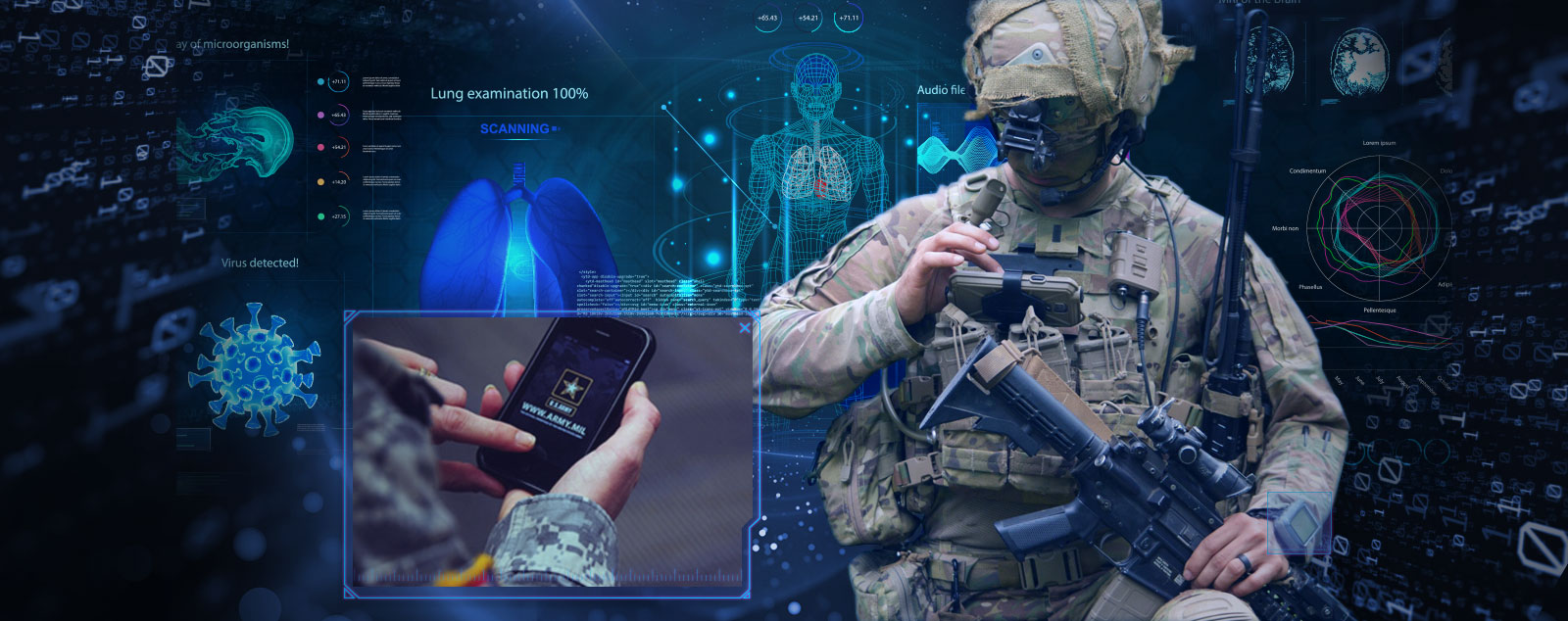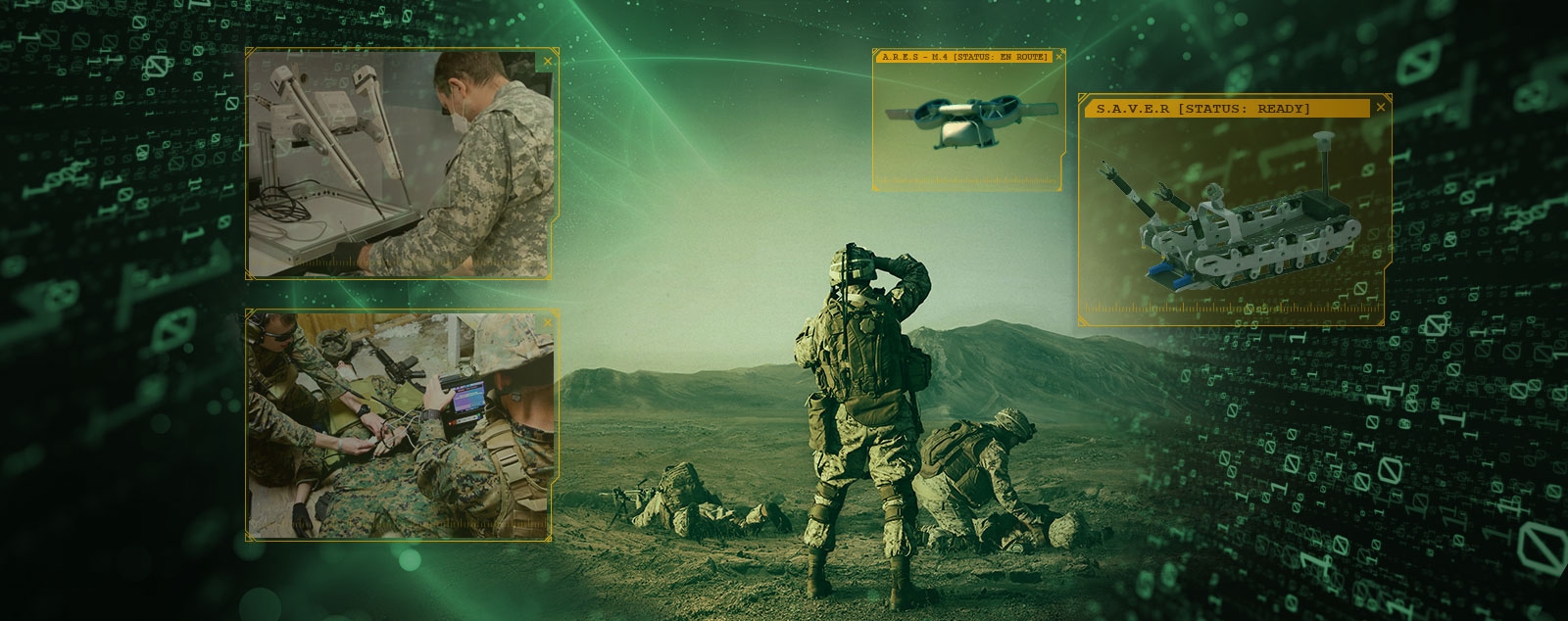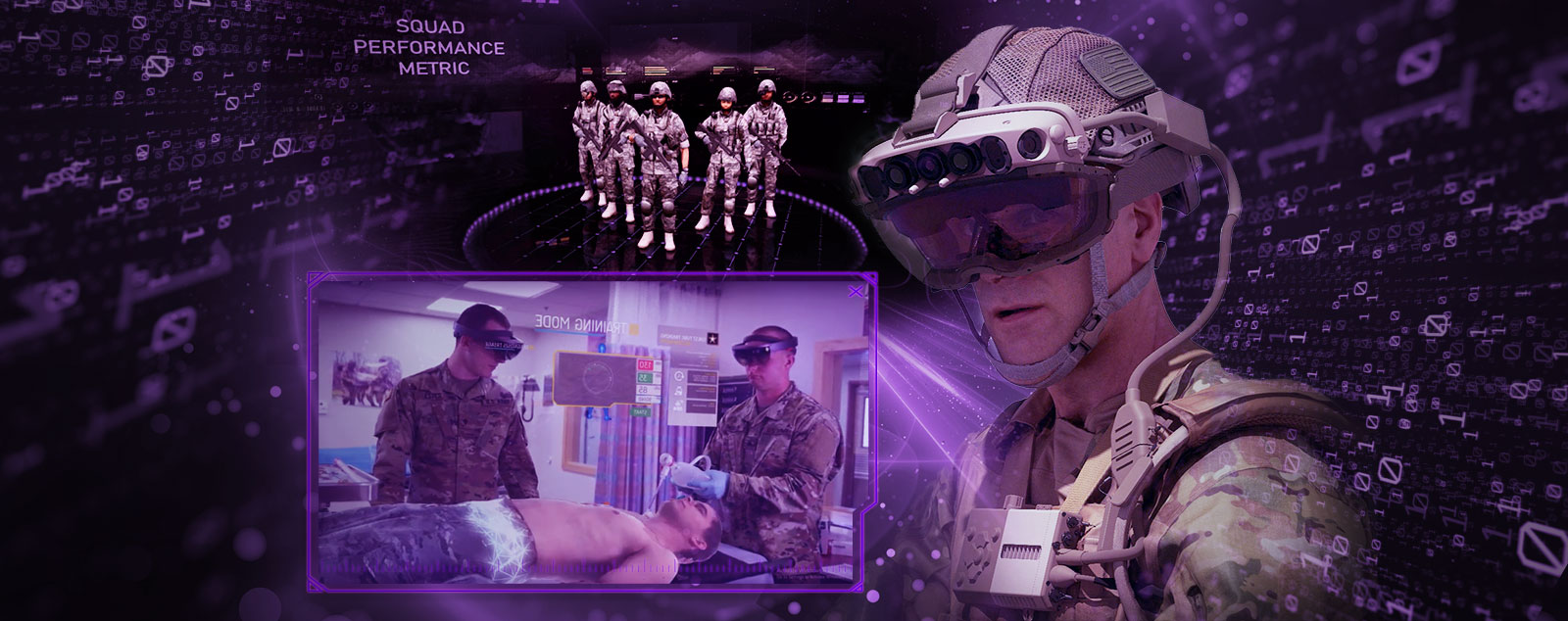
BHSAI
BHSAI Data Sciences DivisionThe mission of the BHSAI Data Sciences Division uses data, machine learning, and artificial intelligence in capturing human traits, as well as in modeling biological and physiological systems to create cost-effective and robust solutions that enhance individual Soldier performance & health, prevent injuries, and optimize combat casualty care. We prioritize in silico models when environment or safety concerns prevent viable animal or human research.

DHIC
Digital Health Innovation CenterThe Digital Health Innovation Center (DHIC) develops and tests novel digital health solutions within an interoperable ecosystem that connects data to humans across the spectrum of healthcare – from optimal health, to casualty care, to palliation at the end of life – accelerating optimal human decision making.

MedRAS
Medical Robotics and Autonomous SystemsThe Medical Robotics and Autonomous Systems (MedRAS) Division develops novel robotic solutions, controlled remotely or autonomously, that team with humans to reduce task saturation, perform in contexts that are unsafe for humans, and ultimately increase the capability and thus capacity of caregivers at the point of need.

MMSIV
Medical Modeling, Simulation, Information and VisualizationThe Medical Modeling, Simulation, Information and Visualization (MMSIV) Division is dedicated to studying technology’s impact on casualty care in militarily relevant contexts using high-fidelity simulation. The Nexus is a forum for research and collaboration, bringing together scientists, engineers, clinicians, advanced developers, and other stakeholders around simulation events of challenging healthcare and to solve problems together.